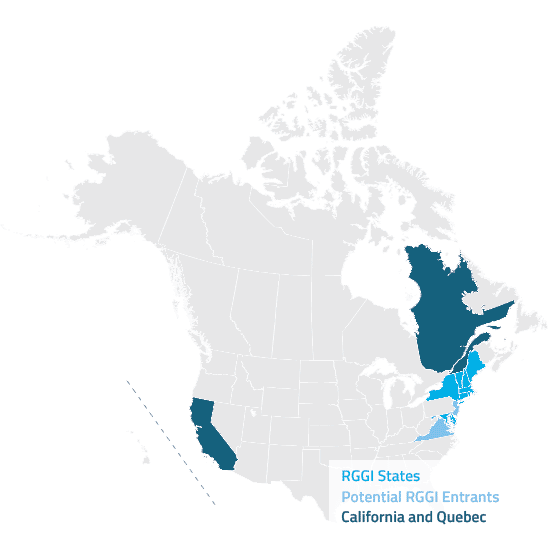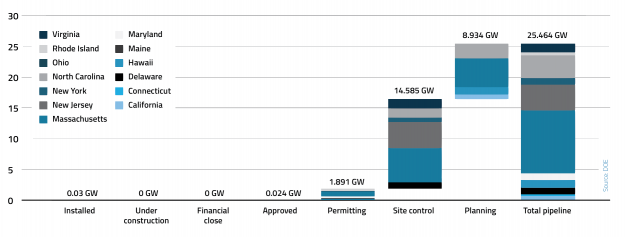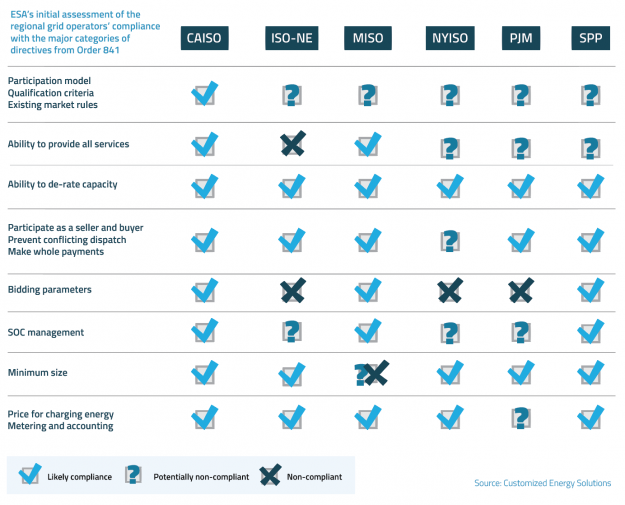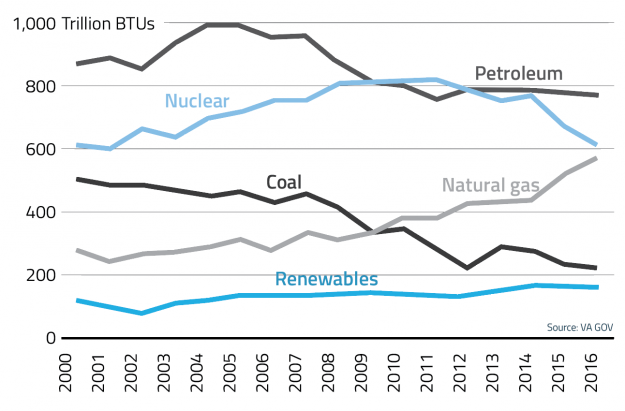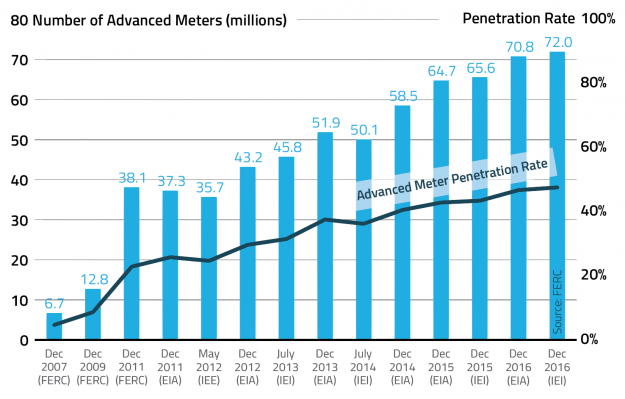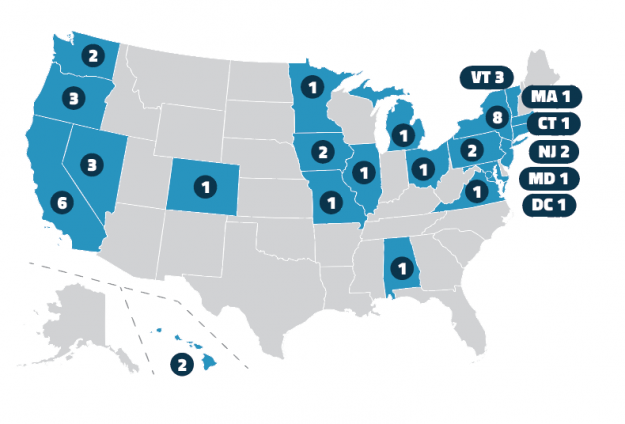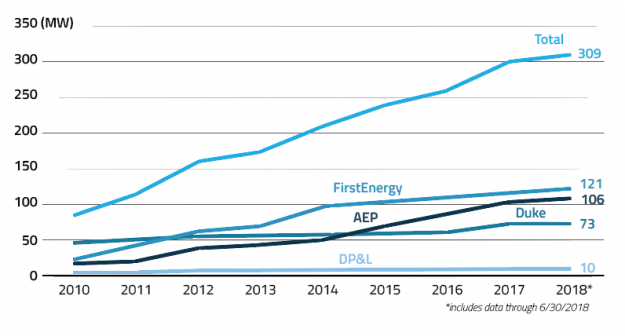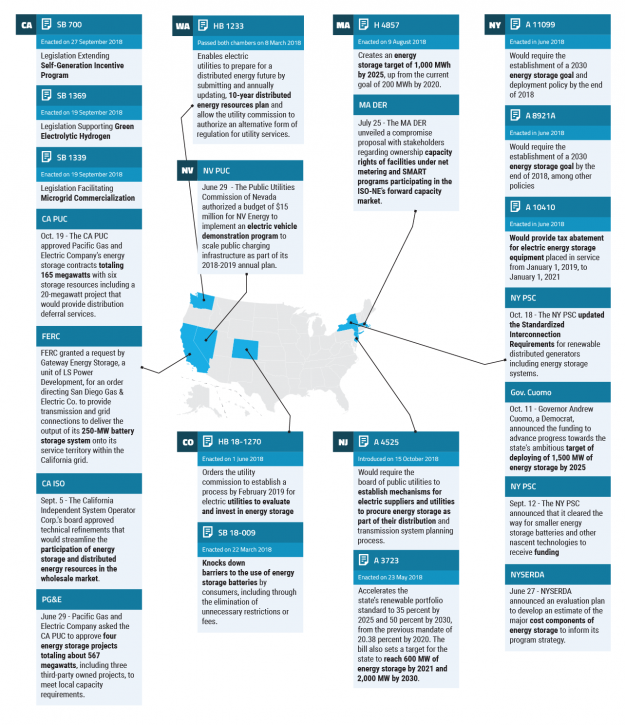EnerKnol’s Visual Primer – States Put Carbon Emissions Pricing Back on the Table in Bid for Harder Push on Climate
Measures for carbon emission pricing and studies have so far this year surfaced in at least nine states, spanning from politically moderate Montana to progressive New York. Hawaii has a proposal to investigate how to implement a carbon tax while limiting its impact on lower income residents. In Oregon, legislation has been introduced for a cap-and-trade system to implement economy-wide carbon pricing. California is considering a bill that seeks a mechanism for assessing a carbon tax on retail products. Connecticut is considering a proposal for a regional collaborative on assessing such a fee.
